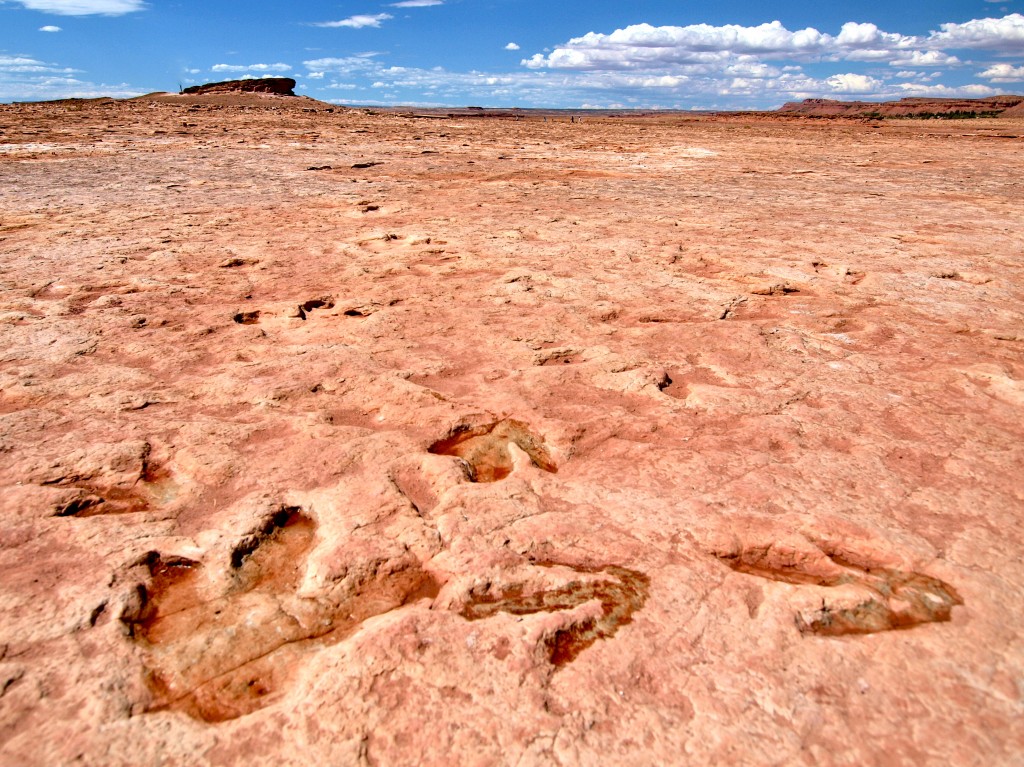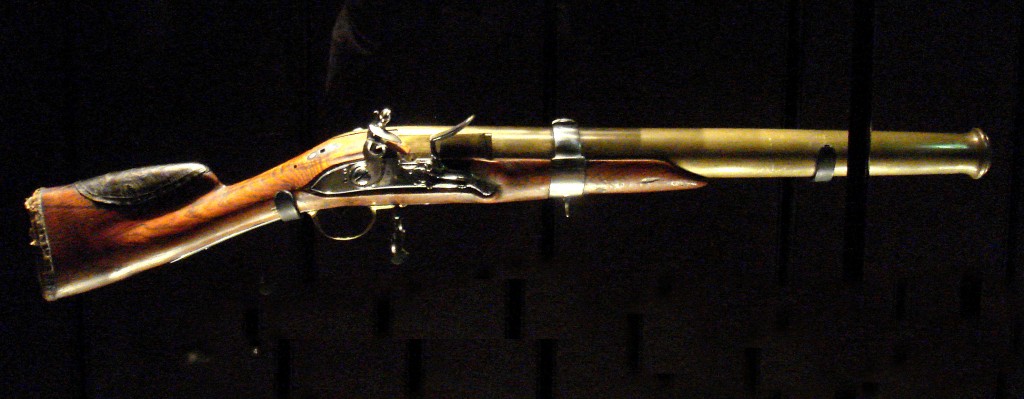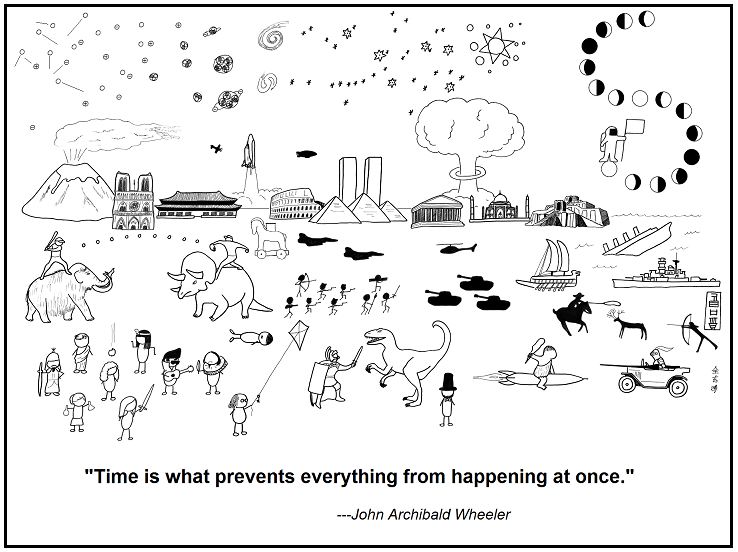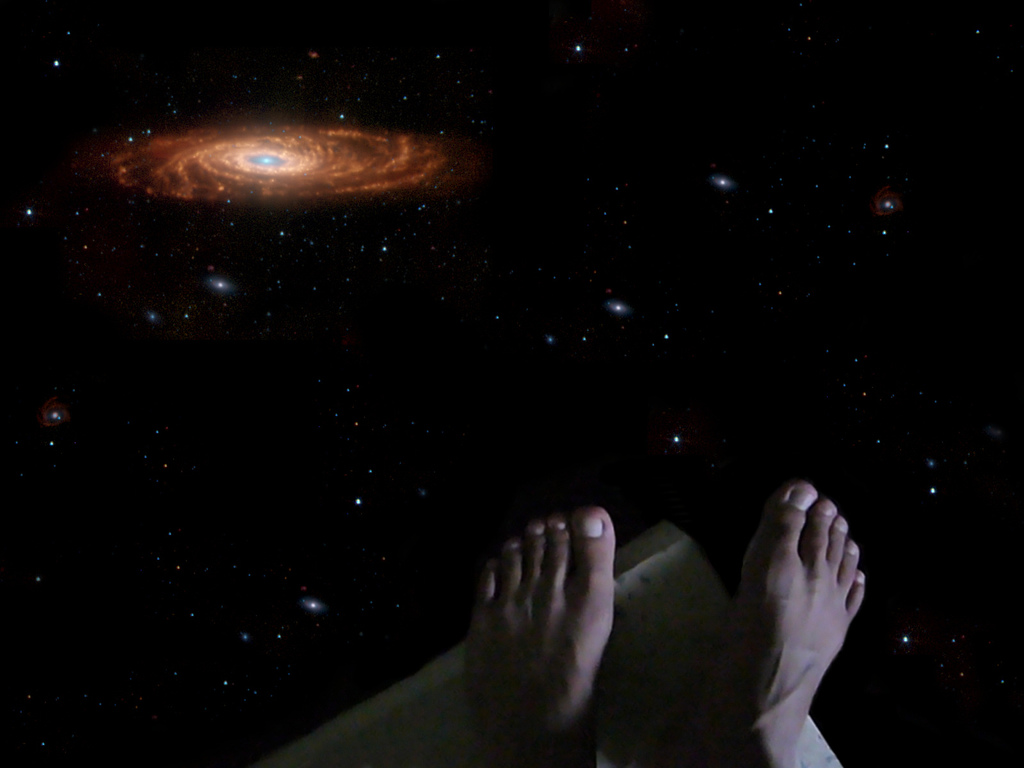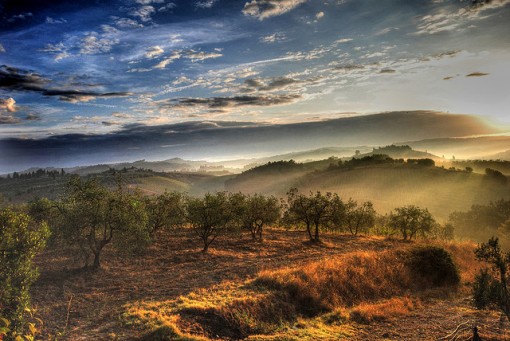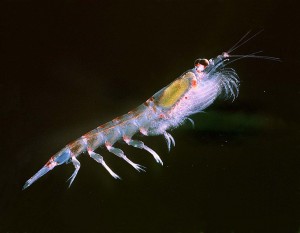 As far as obscure ecosystems go, the outer edge of expanding sea-ice sheets has got to be near the top of the list. Not algae-living-in-sloth-hairs obscure, I suppose, but then the algae that grow inside the sea ice have a significantly greater impact on just about everything else in the world, other than sloth hair. Sea ice represents a fascinating bit of physical structure in the otherwise largely structure-less surface of the polar seas. And it’s more complex than many people realize. It’s riddled with cracks and fissures, and honeycombed with channels and pockets of super-salty brine, left behind as seawater freezes into largely salt-free ice. For organisms smaller than an inch or two long, the ice edge is a terrain as rich and varied as a coral reef or a tropical rainforest.
As far as obscure ecosystems go, the outer edge of expanding sea-ice sheets has got to be near the top of the list. Not algae-living-in-sloth-hairs obscure, I suppose, but then the algae that grow inside the sea ice have a significantly greater impact on just about everything else in the world, other than sloth hair. Sea ice represents a fascinating bit of physical structure in the otherwise largely structure-less surface of the polar seas. And it’s more complex than many people realize. It’s riddled with cracks and fissures, and honeycombed with channels and pockets of super-salty brine, left behind as seawater freezes into largely salt-free ice. For organisms smaller than an inch or two long, the ice edge is a terrain as rich and varied as a coral reef or a tropical rainforest.
For three or four years in the 1990s, I was obsessed with the structure of growing sea ice, and especially with the life that structure supported. My first job in grad school was to figure out a way to capture images of the microbial communities living inside the brine pockets and fissures of Antarctic sea ice—and my last was to plant my feet on that sea ice with a coring augur, and bore down into it to collect samples. I spent countless hours learning about the ice and the organisms that lived in it, and months running thought experiments, tinkering in the lab and racing frostbite to capture untainted samples of the ice’s underside, where all the biological action is. I even deployed plankton nets, many times, with the express purpose of capturing not the giant Antarctic krill, Euphausia superba, but its feces.
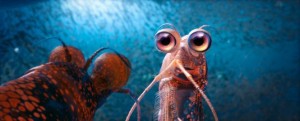
I immersed so far, I might as well have been living in a brine pocket myself. But I’d never really seen what goes on at the ice edge until Warner Bros. showed me. That’s right—the trailers for Happy Feet Two, opening now, feature what must be the world’s first-ever animated krill. I suppose this is how the clownfish people must have felt when Nemo broke big.
Continue reading →
